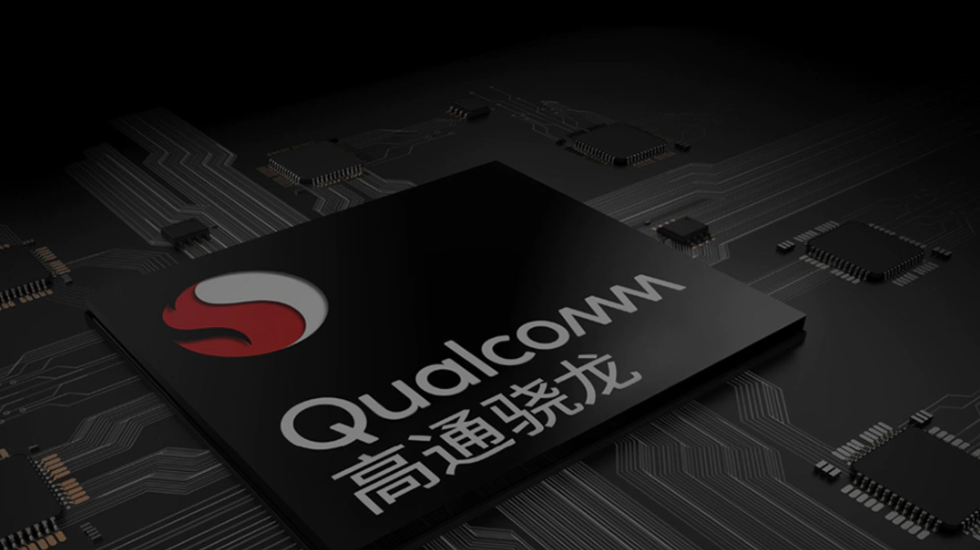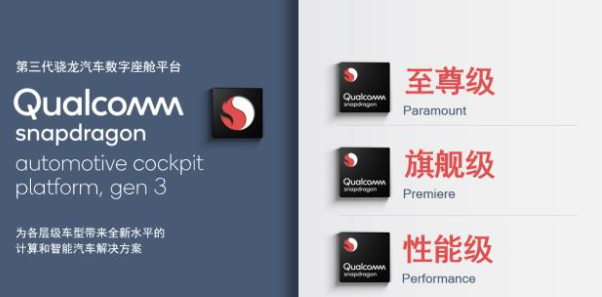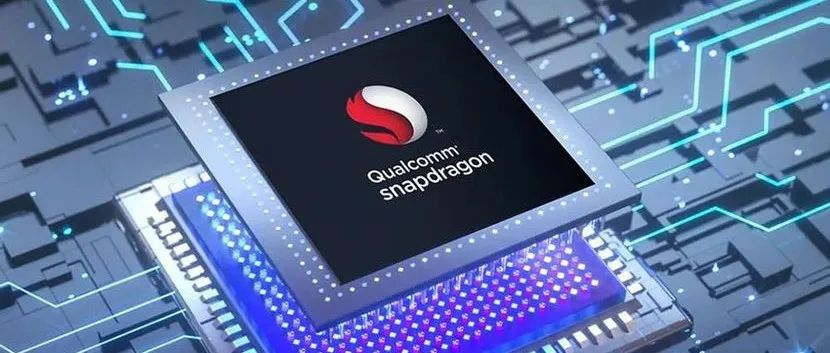Author: Su Qin
Nowadays, many intelligent vehicles use Qualcomm 8155 chipset as a selling point for new cars, attracting consumers’ attention with its advantages of continuous wake-up, command execution, and improving vehicle system.
So, what is Qualcomm 8155 chipset, and why has it become a “sweet spot” for car companies?
#
Before the “intelligent cockpit” was defined, the functions of the car were only basic vehicle control operations such as Bluetooth, radio, and MP3 decoding. After autonomous brands such as Geely proposed the term “intelligent cockpit,” cars not only need basic vehicle control operations but also functions such as Apple CarPlay, Baidu CarLife, and voice recognition. If the chipset’s performance is not enough, it may cause lagging and crashing.

Currently, most cars use Snapdragon chipsets, such as the new energy vehicles powered by the Snapdragon’s second-generation digital cockpit platform, such as XPeng G3, XPeng P7, Ideal ONE, Gaohe HiPhi X, and Lynk & Co 05, and new energy vehicles powered by the third-generation digital cockpit platform, such as XPeng P5, Eaen LX, Leapmotor C11, NIO ET7, and so on.
According to “Electricity Trends,” as early as 2019, Qualcomm had released the third-generation Snapdragon automotive digital cockpit series of products, including performance-level, flagship-level, and extreme-level hardware platforms. Among them, “8155” is Qualcomm’s third-generation Snapdragon automotive digital cockpit platform.

Of course, besides the Qualcomm 8155 chipset, some automakers have also chosen other chipsets, such as Snapdragon 820A and AMD Ryzen processors. Snapdragon 820A is also the second-generation automobile digital cockpit platform under Qualcomm.
Previously, the JiKe 001 was equipped with Snapdragon 820A before upgrading. The initial batch of netizens complained that when the car navigation was on, not only the positioning information was lost, but the corresponding planning information was not displayed on the car’s navigation screen. Additionally, when the voice recognition and control of the car are combined with navigation, there will be obvious lagging and delayed problems. The problem with the car’s system is not only reflected in JiKe 001 but even in old models such as Lynk & Co 01, which were being complained about due to the lagging problems of car systems, and all these problems stem from the inferior performance of Snapdragon 820A chipset.We mentioned earlier that the Ideal ONE is also equipped with the Qualcomm Snapdragon 820A chip but has not been complained about for infotainment system lag. This is because the Ideal ONE employs a dual-system, dual-chip logic. In addition to the Snapdragon 820A chip, there is also a Texas Instruments J6 chip that can respectively support Linux and Android systems. The Linux system uses a 12.3-inch instrument dashboard and a 10.1-inch central control screen to keep the vehicle control reliable and safe for real-time operating systems. The Android system uses a 16-inch center console screen and a 12.3-inch co-pilot entertainment screen, which are responsible for smart experience and entertainment information. This way, there is no need to worry about the instrument screen and control screen’s impact on the infotainment system, and enough performance redundancy is left for the infotainment system to increase its responsiveness.
At present, the Qualcomm 8155 chip is the highest-level chip among vehicle chips. Compared to the Snapdragon 820A chip, its process has been upgraded from 14nm technology to 7nm, the kernels have been increased from 4 to 8 cores, and VPU’s computing power has increased by 177%, with memory bandwidth doubling. It can support up to 6 vehicle screens, better meeting the needs of more screens used in the vehicle. When equipped with the Qualcomm 8155 chip, the entire vehicle supports WiFi6, 5G, and Bluetooth 5.0, and can also enjoy high-quality visual experience, immersive audio, intelligent navigation, scene safety, and AI experience services.
This time, Jikr 001 chose to upgrade users to the 8155 chip for free, solving the previous problem of infotainment system lag, resulting in high praise from users.
Now, let’s talk about the AMD Ryzen processor. Theoretically, the AMD Ryzen processor performs better, with speeds faster than the Qualcomm 8155 chip, CPU performance is twice that of the Qualcomm 8155 chip, and GPU is 1.5 times that of the Qualcomm 8155 chip. However, Model 3, which is equipped with the AMD Ryzen processor, actually performs poorly.
According to a report by consulting service company Teslascope, after Tesla Model 3 switched to the AMD solution, its battery life declined, with an average drop of 2.4%. The main reason for the decline in battery life is that the new infotainment hardware optimized the touch screen experience, which requires more power and therefore causes a decline in battery life.
Therefore, for cost, adaptation, and reliability considerations, most car companies ultimately chose the Qualcomm 8155 chip.Why are consumers obsessed with the Qualcomm Snapdragon 8155 chipset?
Rather than being obsessed with the Qualcomm Snapdragon 8155 chipset, consumers are more interested in pursuing intelligent cabins.
Some users prefer multi-screen displays with higher resolutions, while others focus more on human-computer interaction, hoping that touchscreen controls can cover physical buttons and improve effective communication in cars. There are also users who hope to drive safer by improving the functionality of in-car alerts, such as the DMS driver monitoring system, which provides timely reminders or warnings when the driver is distracted, and all of these features are based on intelligent cabins and require powerful performance chips.
For example, the 820A can support Bluetooth 4.1, while the Qualcomm Snapdragon 8155 chipset supports Bluetooth 5.0, which is significantly different. The latter version is more “high-end”, enabling a phone to unlock automatically when it is near the car, whereas Bluetooth 4.1 can only unlock by opening the app and clicking to unlock.
However, the rate of iterations for chipsets is also very fast. In just three years, the Qualcomm Snapdragon 8155 chipset replaced the Qualcomm 820A’s legacy.
There is also news about the latest generation Qualcomm 8295 chipset, the next generation of Qualcomm 8155. Compared with the Qualcomm Snapdragon 8155 chipset, the manufacturing process of the 8195 has been upgraded from 7nm to 5nm, and AI computing power has increased from 4TOPS to 30TOPS. The pixel support capacity and 3D rendering ability have increased by 200%, which is equivalent to eight Snapdragon 8155s. It will feature the sixth-generation Kryo CPU and will optimize the latest Adreno GPU, which will support high-performance, low-power graphics, images, videos, and display processing units, as well as rendering multiple high-resolution displays across top-tier entertainment content, allowing drivers to experience different displays. It will also support connecting with Wi-Fi 6 and Bluetooth 5.2, including hotspot, high-speed gaming, wireless Android Auto, and other phone mirroring technologies, and is expected to be installed in cars starting in 2023.
As a result, some netizens have said, “The next-generation Qualcomm 8295 is the real deal.”
Therefore, the Qualcomm Snapdragon 8155 chipset is currently a transitional solution for intelligent cabins, and when the Qualcomm Snapdragon 4th generation automotive digital cabin is launched, the Qualcomm Snapdragon 8155 chipset may follow in the footsteps of the Qualcomm 820A.
In conclusion, the “one chip, multi-screen” intelligent cabin solution is the mainstream trend, and chips are the core of implementing vehicle intelligence. As users’ demands for driving information, navigation information, and audio entertainment become increasingly high, the Qualcomm Snapdragon 8155 chipset is naturally relied upon to achieve these goals. The active introduction of electric vehicle companies and the news of the chipset shortage at the end of last year have made consumers “over-marketing” and created further anticipation for the Qualcomm Snapdragon 8155 chipset.No matter if it’s the new players in automobile industry or the traditional car enterprises, they are all pushing forward with the help of chip iteration. The intelligent cockpit may achieve multimodal interaction and AR HUD. However, no matter what generation the Snapdragon chip updates to, the principle of “the more things change, the more they stay the same” is well understood by everyone, and its sales depend on customers’ demands.
This article is a translation by ChatGPT of a Chinese report from 42HOW. If you have any questions about it, please email bd@42how.com.
